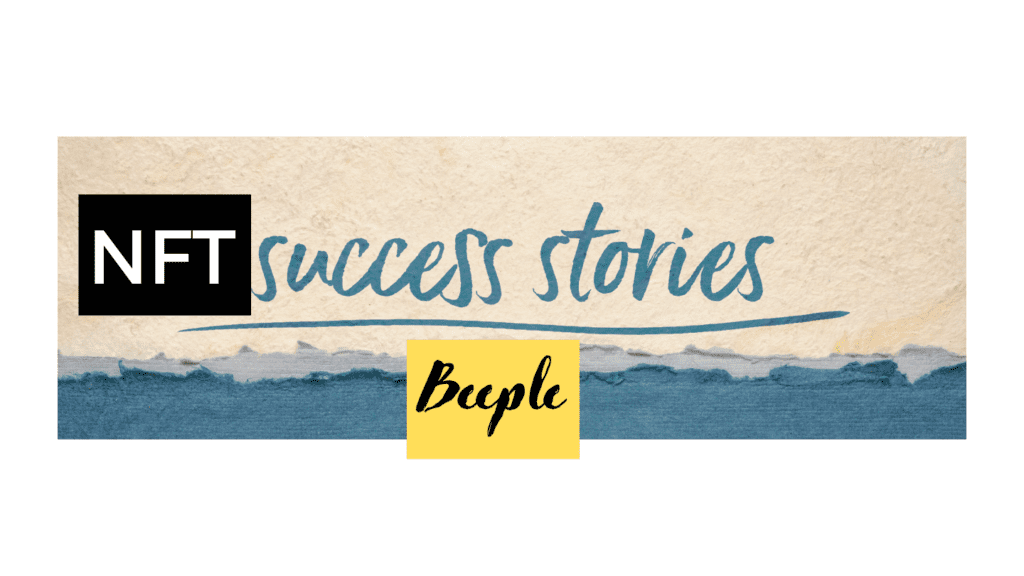
In the world of cryptocurrency, consensus is essential for ensuring the security and stability of the network. Consensus is a process by which all nodes in a network agree on the current state of the blockchain. This is necessary to prevent fraud and ensure that transactions are processed accurately. Consensus Mechanism ensure that the blockchain is safe and verified. In this blog we will discuss what is Consensus Mechanism and how it works to improve security and scalability in cryptocurrency.
What is Consensus Mechanism?
Consensus Mechanism is about agreement. In cryptocurrency, it means nodes in a network must agree on transactions and blockchain status. This ensures blockchain security and prevents false transactions.
Why consensus Mechanism is Important?
Cryptocurrency networks lack a central authority. Therefore, consensus is vital to uphold blockchain trustworthiness. It ensures all network nodes agree on the blockchain’s state, preventing fraud and enhancing security. Without consensus, decentralized networks would face chaos and susceptibility to manipulation. Consensus mechanisms are critical for network security and integrity.
What are the different types of consensus mechanisms and How consensus mechanisms work in cryptocurrency?
There are many different types of consensus mechanisms, each with its own advantages and disadvantages. Some of the most common types include:
1. Proof of Work (PoW):
The oldest and most well-known consensus mechanism, used by Bitcoin and other cryptocurrencies, is Proof of Work (PoW). In PoW, miners, who are nodes or participants, solve complex mathematical puzzles to validate transactions and add blocks to the blockchain. The successful miner is rewarded with cryptocurrency. This process is energy-intensive but highly secure. Overall, PoW is an established and secure consensus mechanism used in various cryptocurrencies.
2. Proof of Stake (PoS):
The Proof of Stake (PoS) consensus mechanism is gaining popularity due to its energy efficiency, but it is considered less secure than Proof of Work (PoW). In PoS, validators are selected based on their stake in the cryptocurrency they hold. This can be done randomly or based on the amount of cryptocurrency owned. PoS is utilized by cryptocurrencies such as Cardano and Tezos.
3. Proof of authority (PoA):
Proof of Authority (PoA) is a consensus mechanism specifically tailored for private blockchains. It boasts high efficiency and strong security, yet it operates in a centralized manner. In PoA, a select few trusted nodes are granted the power to add blocks to the blockchain, ensuring its integrity and reliability.
4. Delegated Proof of Stake (DPoS):
In a DPoS system, a small number of trusted validators validate blocks and add them to the blockchain. These validators are elected by users and can create new blocks and approve transactions. DPoS is more efficient and scalable than PoS because it doesn’t require all participants to be involved. Users can vote for validators to secure the network, preventing centralization. DPoS is a promising alternative to PoS and PoW and is expected to gain popularity. Cryptocurrencies like EOS and Tron utilize DPoS.
5. Byzantine Fault Tolerance (BFT):
BFT consensus mechanisms ensure consensus despite participant failures or malicious behavior. These systems tolerate failures without losing consensus or network disruption. They address the Byzantine Generals Problem through techniques like voting, consensus algorithms, and cryptography. With BFT, achieving consensus is possible even in challenging scenarios.
6. Practical Byzantine Fault Tolerance (PBFT):
Practical Byzantine Fault Tolerance (PBFT) is an efficient and scalable consensus algorithm that enables nodes to agree on a distributed system’s state, even with Byzantine faults. With PBFT, up to one-third of faults can be tolerated, and consensus can be achieved within milliseconds. This algorithm is not only efficient but also highly secure and reliable.
7. Other Consensus Mechanisms:
In addition to the mentioned consensus mechanisms, there are several other approaches employed by cryptocurrencies and blockchain projects. These include Proof of Elapsed Time (PoET) and Directed Acyclic Graphs (DAGs).
These mechanisms have a common goal: to guarantee transaction accuracy and security in cryptocurrency networks. They take into account factors like decentralization, scalability, energy efficiency, and protection against malicious attacks.
Each mechanism has its own set of advantages and limitations, tailored to the specific requirements and objectives of different cryptocurrency projects.
What are the advantages and disadvantages of consensus mechanisms?
Certainly! Here’s a tabular form summarizing the advantages and disadvantages of each consensus mechanism:
| Consensus Mechanism | Advantages | Disadvantages |
| Proof of Work (PoW) | High security, resistance to False identity attacks, well-tested and proven in Bitcoin | High energy consumption, potential centralization, slower transaction speeds |
| Proof of Stake (PoS) | Energy-efficient, lower resource requirements | Potential wealth concentration, initial distribution challenges, less battle-tested |
| Delegated Proof of Stake (DPoS) | Faster transaction confirmation, improved scalability | Reliance on elected delegates, potential for collusion or vote-buying, complexity in governance |
| Byzantine Fault Tolerance (BFT) | High fault tolerance, fast transaction finality | Limited scalability, potential for centralization in permissioned setups |
| Practical Byzantine Fault Tolerance (PBFT) | High throughput, low latency, finality after a certain number of confirmations | Limited scalability, increased complexity, reliance on fixed number of validators, potential for centralization |
It’s important to consider that these advantages and disadvantages may vary depending on the specific implementation and context of each consensus mechanism. Additionally, advancements and variations of these mechanisms continue to be developed to address limitations and enhance performance in different blockchain networks.
Evolving Consensus Mechanisms and Future Trends
A. Exploration of New and Emerging Consensus Mechanisms:
Researchers in the blockchain community are actively exploring new consensus mechanisms to overcome the limitations of current ones. These limitations include energy inefficiency, centralization, and scalability issues. The aim is to develop consensus mechanisms that enhance performance, security, and scalability of blockchain networks.
B. Discussion on Potential Improvements and Innovations:
Consensus mechanisms undergo constant improvement and innovation. In this section, we delve into potential enhancements and novel approaches for achieving consensus. These enhancements may involve optimized algorithms, innovative cryptographic techniques, or hybrid models that combine the strengths of multiple mechanisms. The primary goal is to push the boundaries of security, scalability, and decentralization.
C. Impact of Consensus on the Future of Cryptocurrency:
The consensus mechanism shapes the future of cryptocurrency. It has wide-ranging implications for development and adoption. Consensus impacts scalability, security, governance, and user experience. Additionally, it facilitates new use cases and revolutionizes industries such as supply chain management, voting systems, and decentralized applications.
Through exploring new consensus mechanisms, discussing enhancements, and comprehending their effects, we gain valuable insights into decentralized technologies. These advancements establish a strong, scalable, and inclusive cryptocurrency ecosystem that transforms our lives. It is vital to stay informed and involved in consensus mechanism developments to fully harness the potential of blockchain and cryptocurrency.
Conclusion
This blog post explores cryptocurrency consensus and its importance for blockchain networks. We cover various consensus mechanisms: Proof of Work (PoW), Proof of Stake (PoS), Delegated Proof of Stake (DPoS), Byzantine Fault Tolerance (BFT), and Practical Byzantine Fault Tolerance (PBFT). Each mechanism has unique benefits.
Consensus is vital in decentralized systems. It ensures agreement on blockchain state and transaction validity. It builds trust, prevents double-spending, and enhances network security and reliability. Without consensus, manipulation and fraud would be possible.
Consensus mechanisms are central to cryptocurrency operations, shaping decentralized technologies’ future. Delve into the mechanisms we discussed for valuable insights into how cryptocurrencies work.
Understanding consensus mechanisms reveals the complexity of digital currencies. Exciting advancements and innovations in consensus will transform finance, governance, and various industries. Stay curious, informed, and embrace the transformative potential of cryptocurrency consensus.







